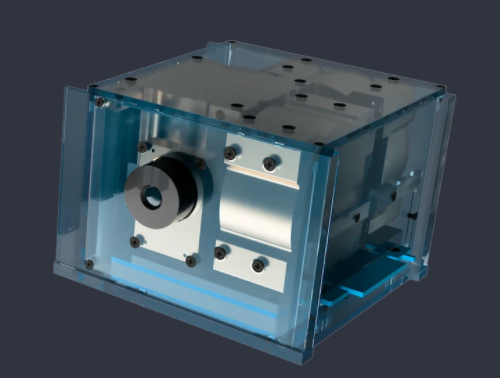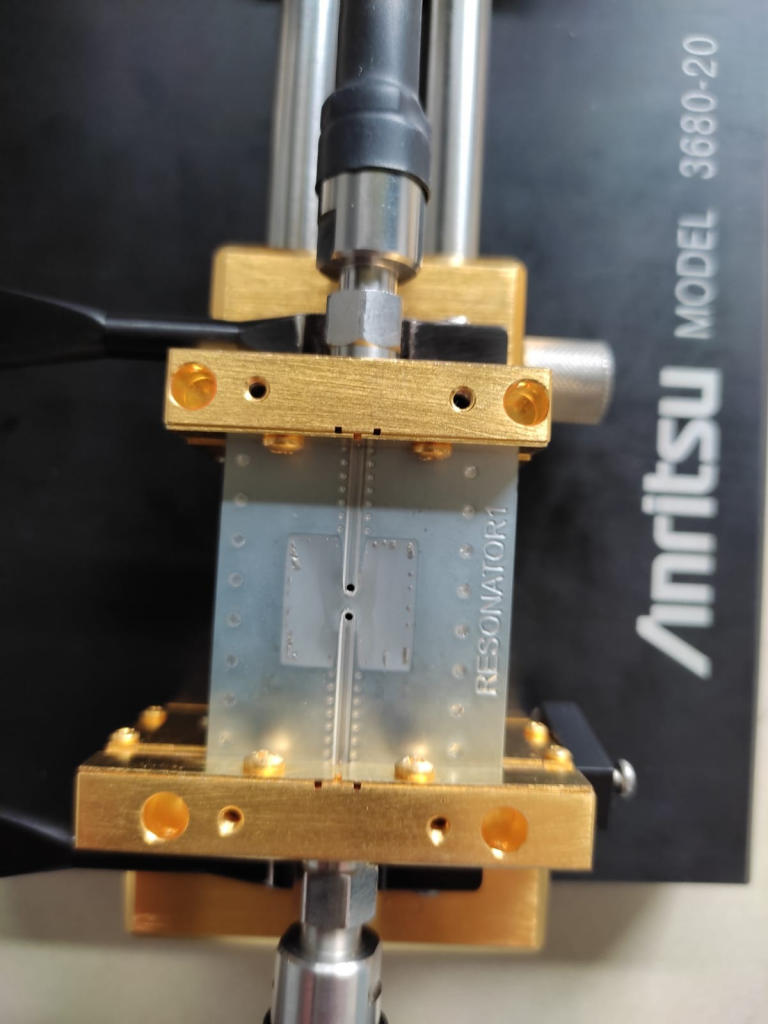Microwave filters are essential parts of wireless communication systems with modern systems, particularly demanding low-cost filters with good frequency selectivity, wide stopbands, and compact size. Coupled resonator (CR) filters are very well suited for many applications as they offer low-loss, narrow bandwidths and small footprints. In this research, Dr Leanne Johnson together with her PhD supervisor, Prof Petrie Meyer both of the Department of Electrical and Electronic Engineering at Stellenbosch University present a set of advances to the recently proposed Pedestal Substrate Integrated Waveguide (SIW) structure as a solution to various problem areas in the field of microwave filters. Dr Johnson completed a prestigious joint PhD through an international academic collaboration between Stellenbosch University and Université de Bretagne Occidentale in France.
1. Background to the SIW structure
The SIW structure consists of an evanescent-mode SIW cavity that is loaded with a square pedestal connected to the ground with a metal post. This structure is first investigated and compared to other common microwave resonators. It is then utilised in 3 different ways. The work includes the design of a coupled resonator filter with both positive and negative cross-coupling. Electric coupling is obtained using an I-shaped strippine between pedestal tops, while positive coupling is traditionally obtained using inductive irises. Both types of couplings offer large ranges of coupling values and are easily implemented in this structure. The proposed structure can also introduce mixed coupling. A proof-of-concept sixth-order cross-coupled bandpass filter, with a 5 % bandwidth at 5 GHz, and both real and imaginary axis transmission zeros, is designed and measured.

2. Novel partially air-filled pedestal resonator
The pedestal SIW topology is adapted to create partially air-filled pedestal SIW resonators to reduce losses and increase Q factors while maintaining small sizes. A comparison of three different types of pedestal resonators is done between an entirely filled pedestal SIW resonator, a partially air-filled pedestal resonator and an empty pedestal resonator, showing the increase in Q factor for the same size. Then the use of micro-machining to create these novel resonators is illustrated and explained. A resonator and second-order filter prototypes are manufactured, using the manufacturing process explained, and tested.

3. Results
It was shown that the Q factor can be increased from 186 for a completely filled dielectric resonator to 285 for a partially air-filled resonator – that is a 34.7% increase. The last application of the pedestal resonator is in the use of tunable structures. The pedestal resonator is shown to be made easily tunable by the addition of PIN diodes to the pedestal post, separated by an annular ring. Four separate stages of frequency are obtained in this manner. Two resonators and one third-order filter are designed, manufactured and tested. Good frequency tunability is obtained in simulation and measurement, but high losses were observed in the measured prototypes.
Going forward, Dr Johnson will pursue post-doctoral research classifying materials in collaboration with a university in Sweden.
Read our recent articles:
Time-of-Use feature-based clustering of spatiotemporal wind power profiles
Learning the Subsystem of Local Planning for Autonomous Racing
LED there be light: The impact of replacing lights at schools in South Africa





